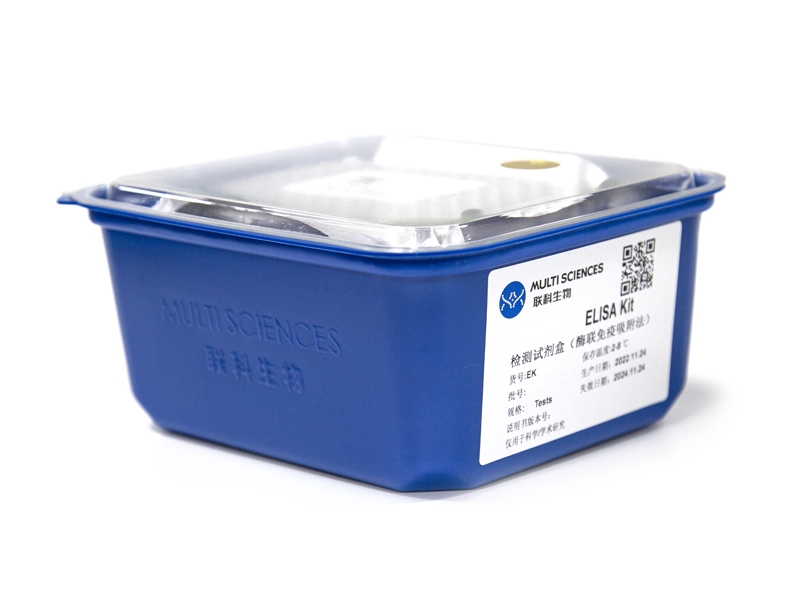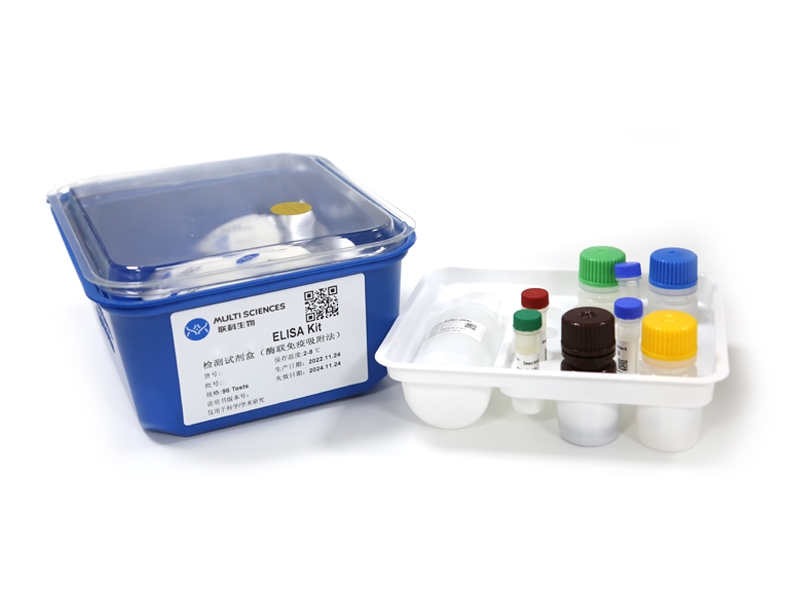Photothermal therapy (PTT) is one of the most promising approaches to combat multidrug-resistant bacteria with less potential to induce
resistance and systemic toxicity. However, uncontrollable distribution of photothermal agents leads to lethal temperatures for normal cells, and failure to offer timely and effective antibacterial stewardship. A pH switchable nanoplatform for persistent luminescence imaging-guided
precise PTT to selectively destroy only pathological cells while protecting nearby normal cells in bacterial infected microenvironment is shown. The PLNP@PANI-GCS is fabricated by grafting polyaniline (PANI) and glycol chitosan (GCS) onto the surface of persistent luminescence nanoparticles (PLNPs). It takes advantage of the long persistent luminescence of PLNPs to realize autofluorescence-free imaging, the pH-dependent light–heat conversion property of PANI to get a stronger photothermal effect at pH 6.5 than pH 7.4, and the pH environment responsive surface charge transition of GCS. Consequently, PLNP@PANI-GCS enables effective response to bacterial-infected acid region and electrostatic bonding to bacteria in vivo, ensuring the spatial accuracy of near-infrared light irradiation and specific heating directly to bacteria. In vivo imaging-guided PTT to bacterial infection abscess shows effective treatment. PLNP@PANI-GCS has great potential in treating multidrug-resistant bacterial infection with low possibility of developing microbial drug resistance and little harm to normal cells.
文章引用产品列表
-
- EK282
- ELISA试剂盒
Mouse TNF-a ELISA Kit检测试剂盒(酶联免疫吸附法)
- ¥1,600.00 – ¥10,800.00
-
- EK201B
- ELISA试剂盒
Mouse IL-1β ELISA Kit 检测试剂盒(酶联免疫吸附法)
- ¥1,600.00 – ¥10,800.00



